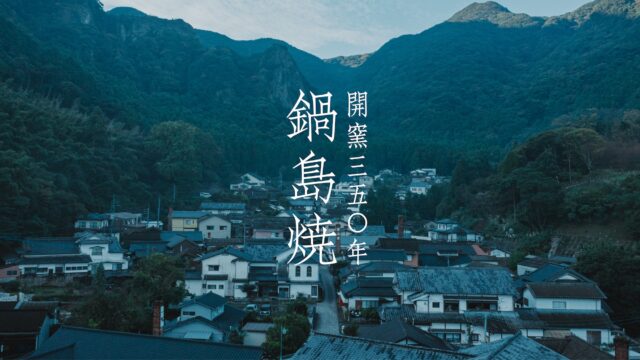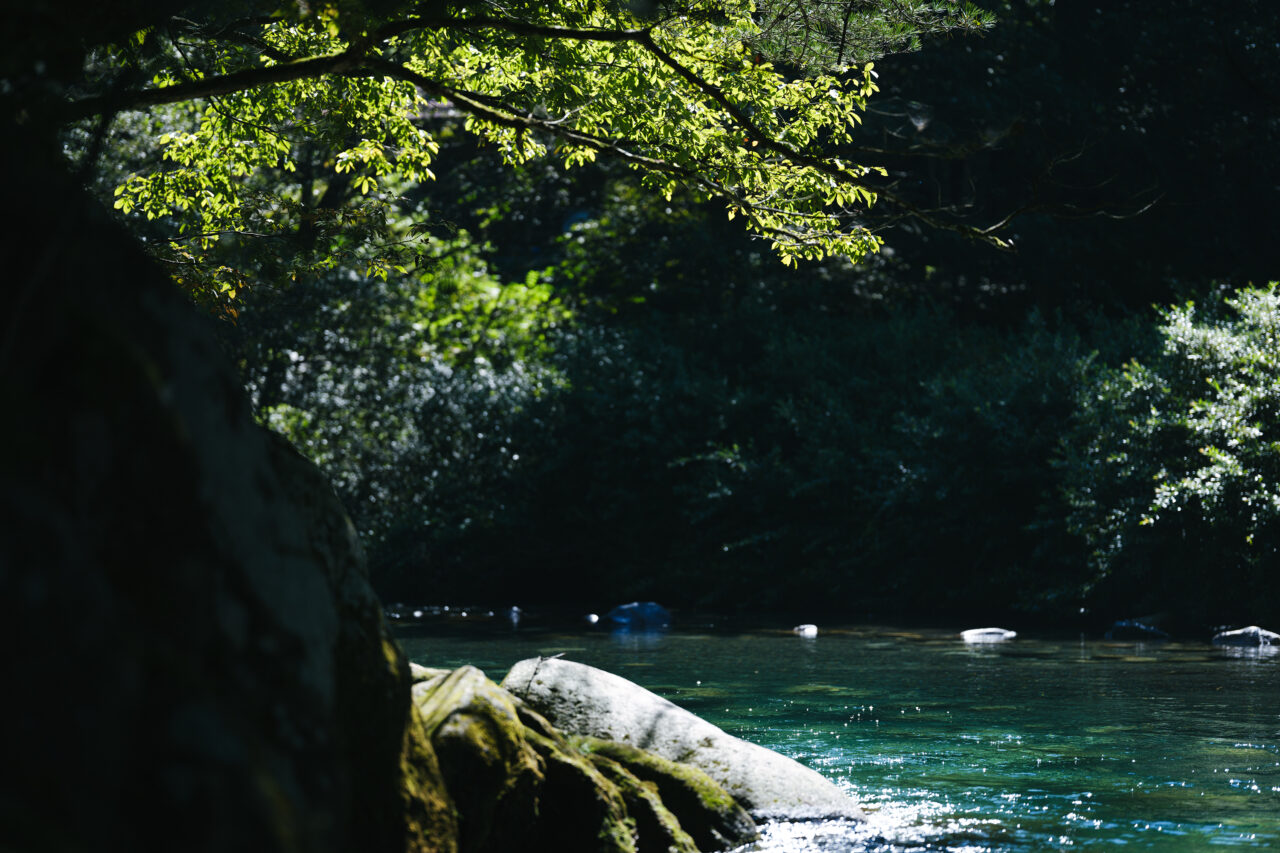Shitsurindo and ZOZO NEXT Launched Collaborative Research on New Lacquer Techniques
KOGEI Topics VOL.19
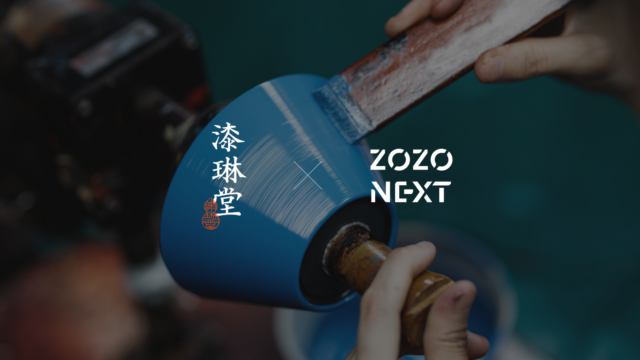

VOL.1-19
Update

VOL.1-17
Update
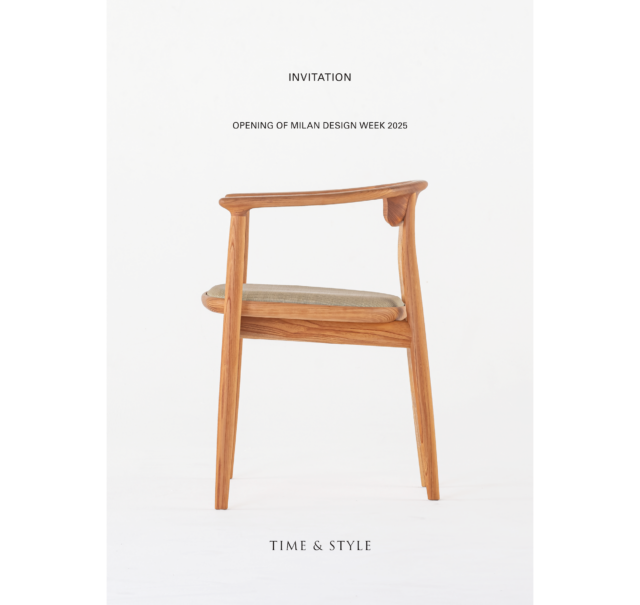
VOL.1-43
Update
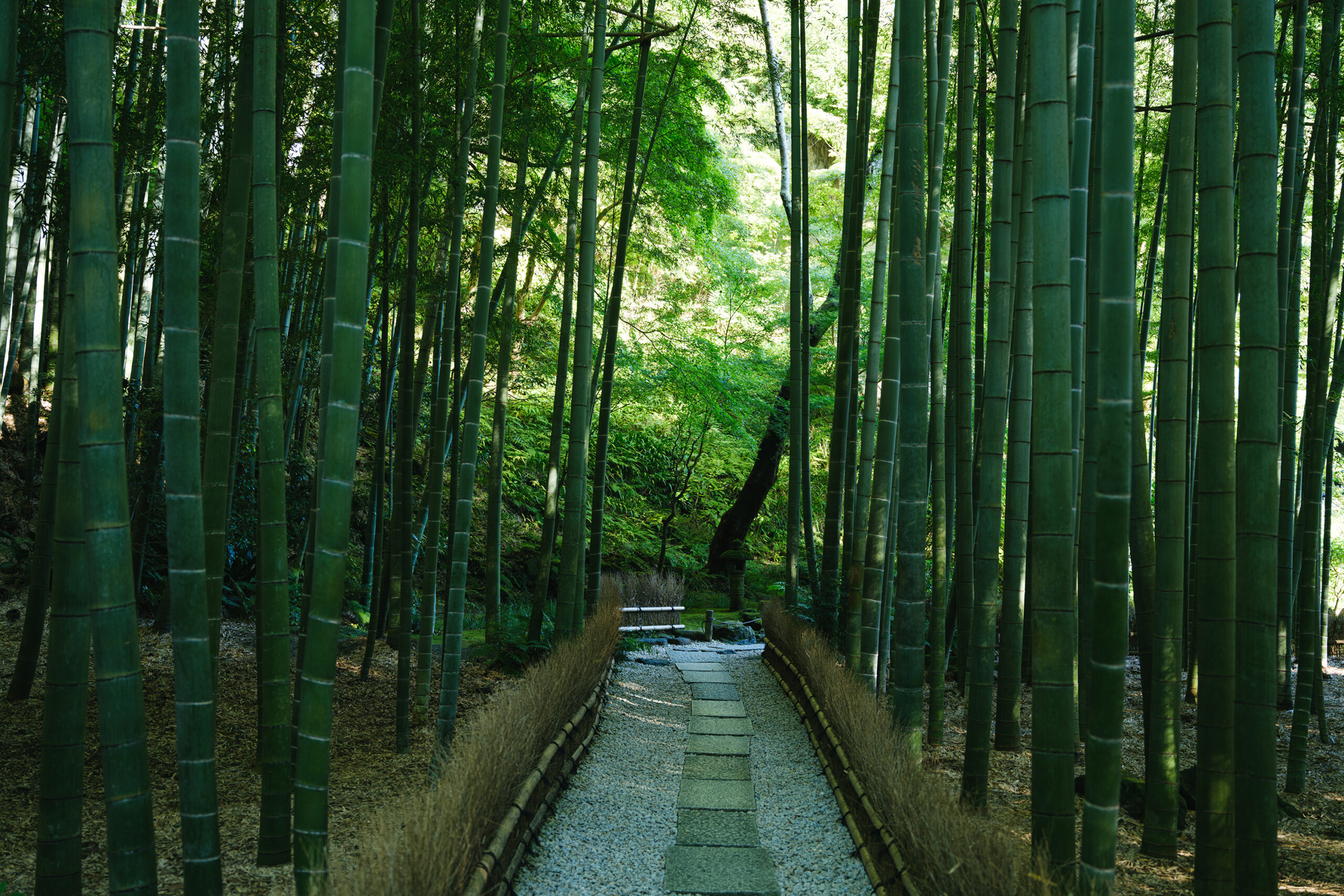
VOL.1-2
Update
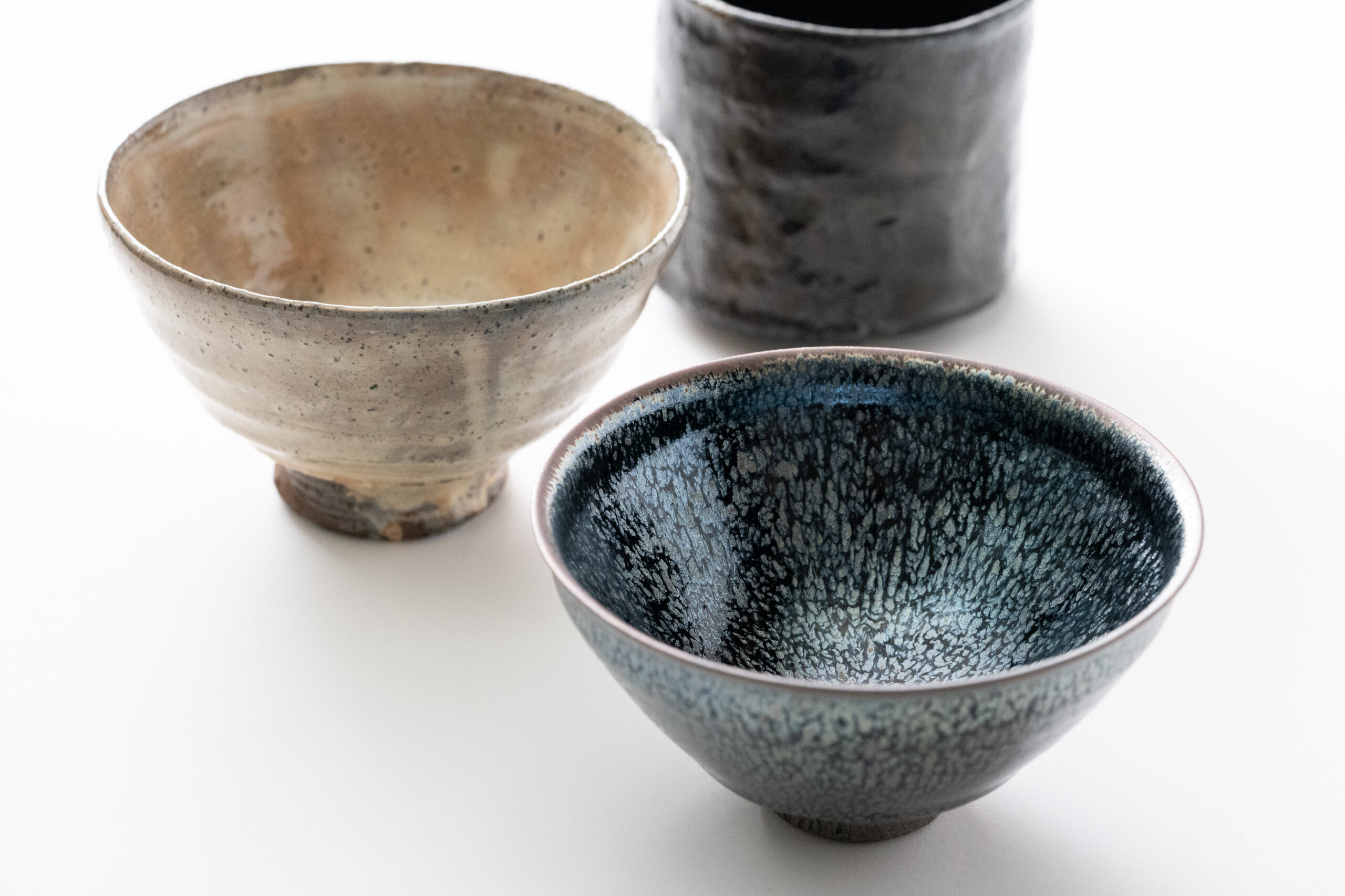
VOL.1-3
Update
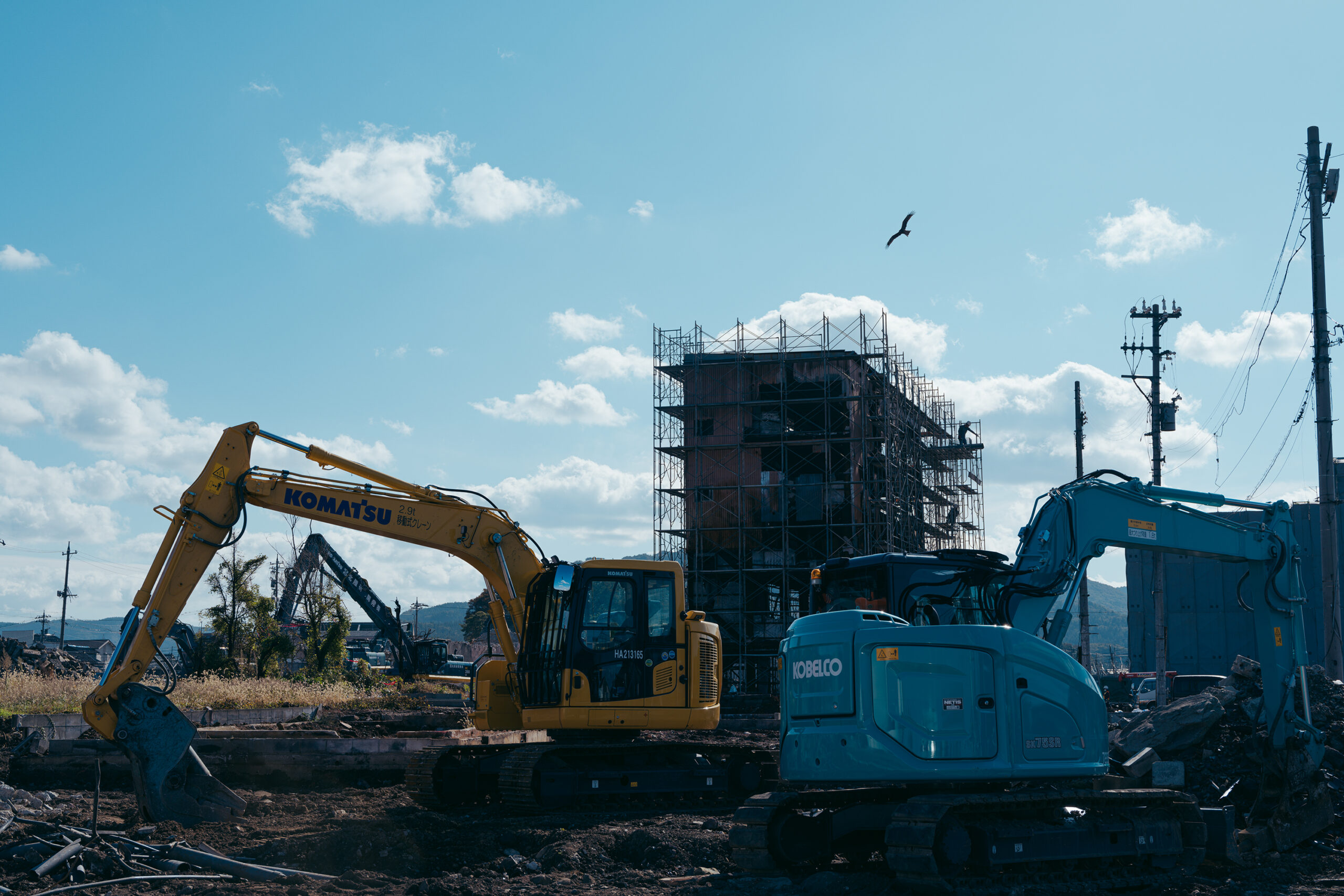
VOL.1
Update
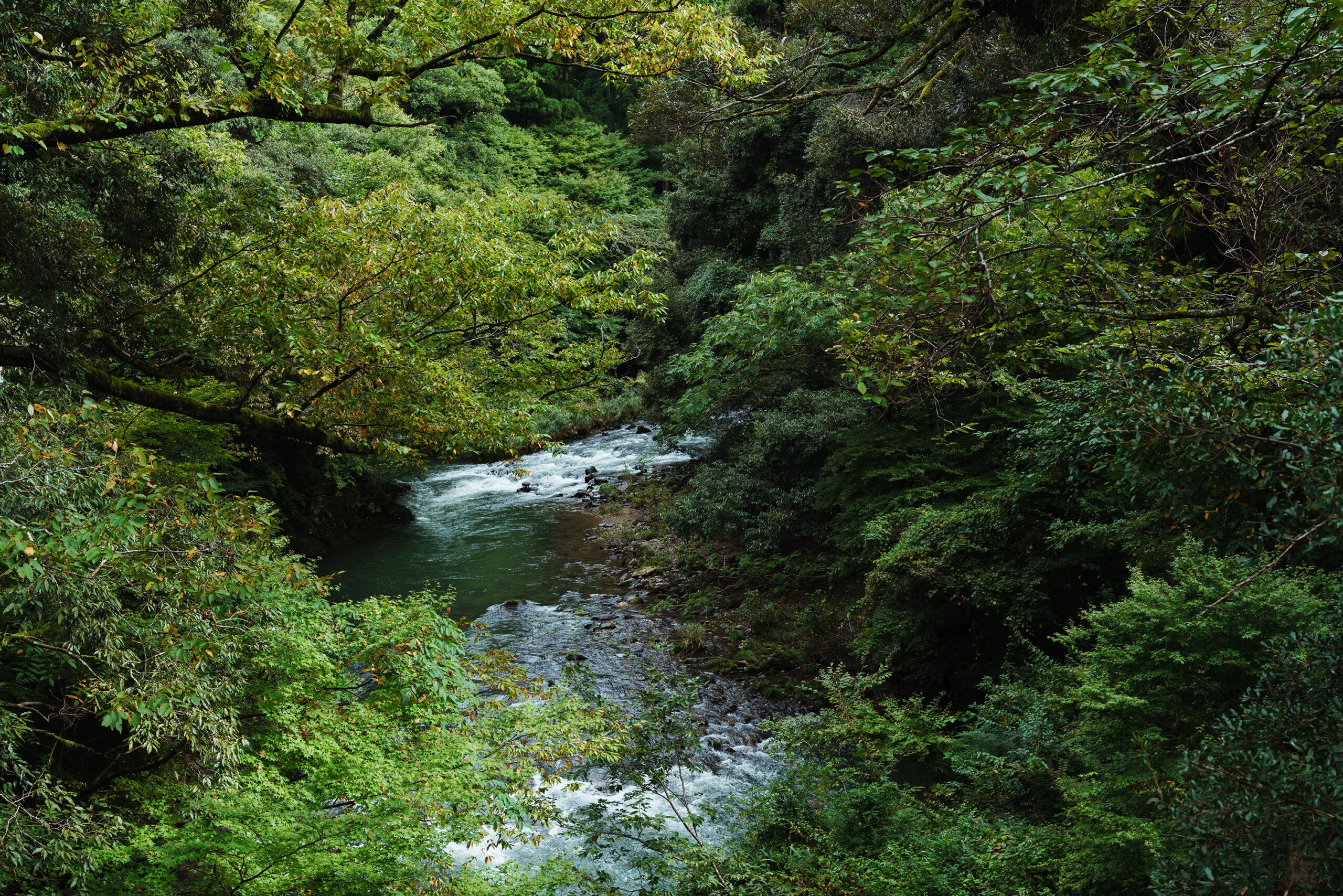
VOL.1-7
Update
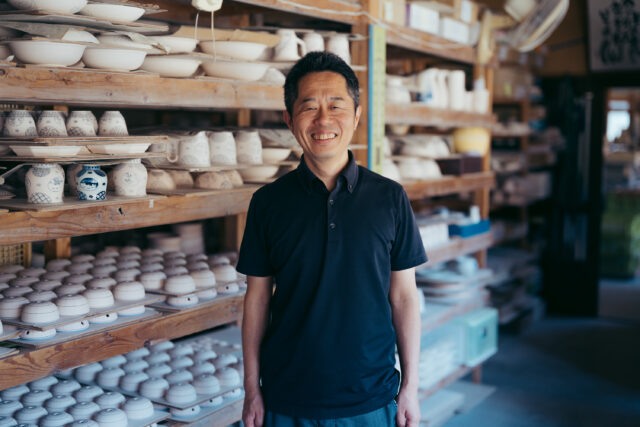
VOL.1-32
Update
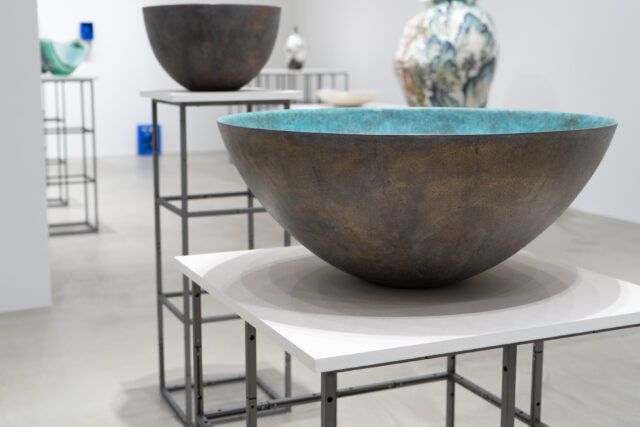
VOL.1-26
Update
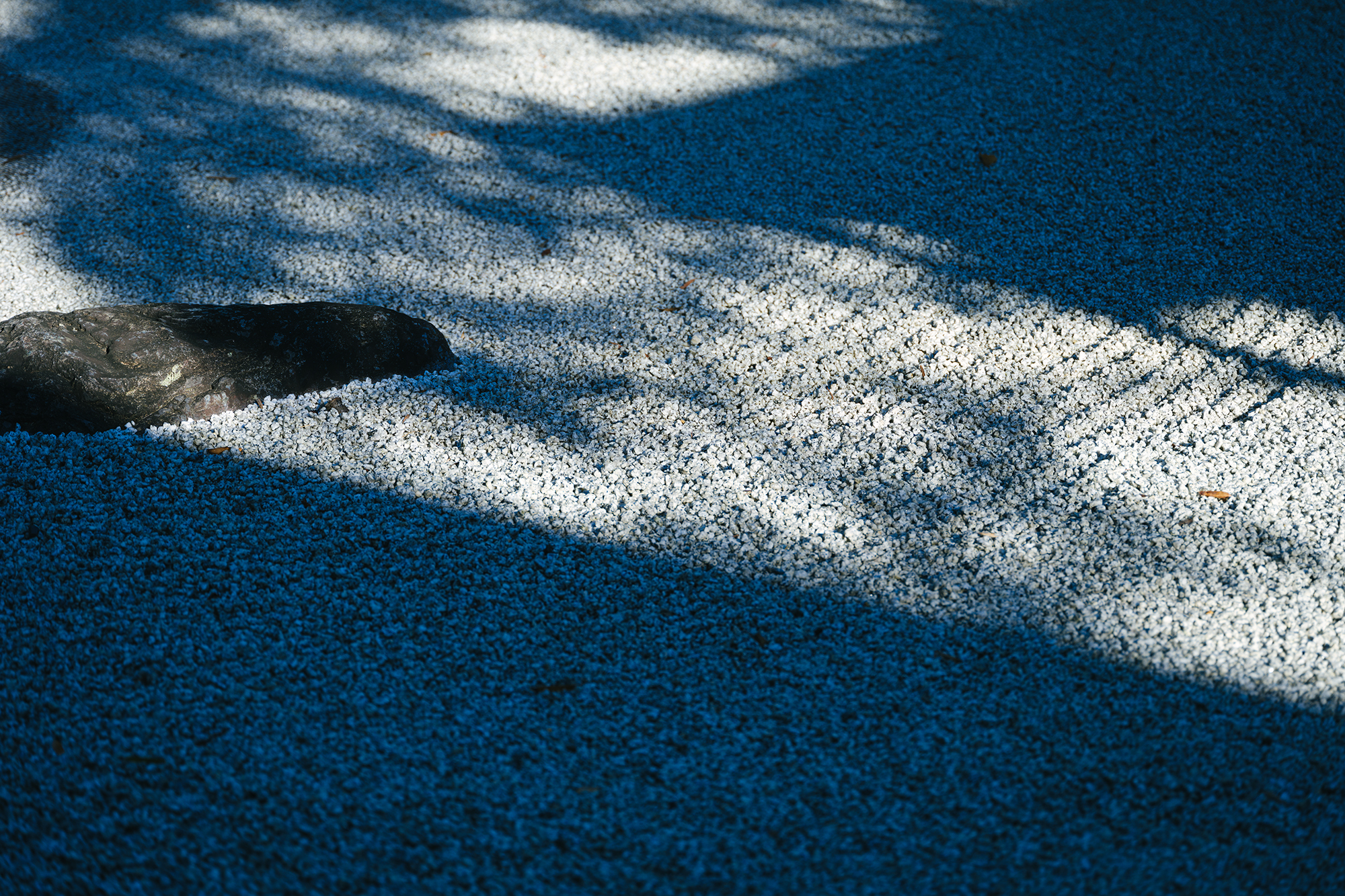
VOL.1-12
Update
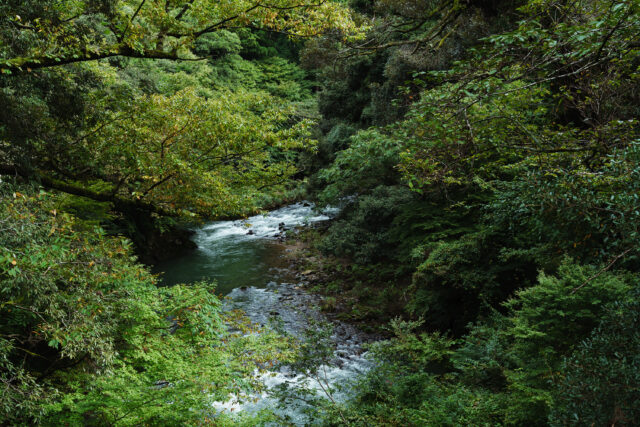
VOL.1-3
Update
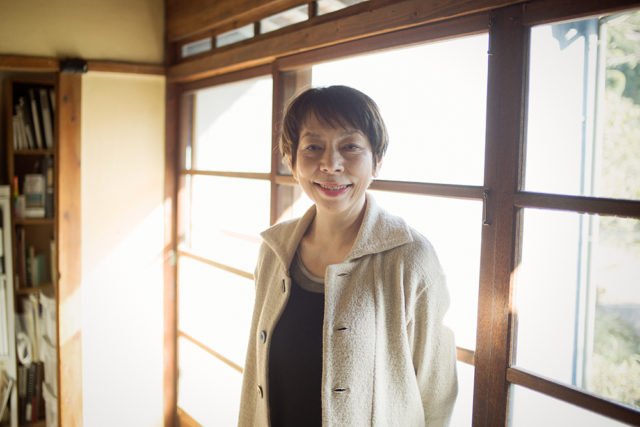
VOL.1
Update
We share a variety of information and perspectives on Japanese crafts, including exhibition information and interviews.
KOGEI Topics VOL.19
New Products VOL.17
Featured Exhibitions & Events VOL.43
KOGEI Topics VOL.18
Apr 5 – Jun 22, 2025
SEIKADO BUNKO ART MUSEUM
Apr 8 – May 6, 2025
The Gotoh Museum
Apr 11 – Jun 15, 2025
Kyoto City KYOCERA Museum of Art
Apr 12 – Jun 29, 2025
TOGURI MUSEUM OF ART

While the word “fudo” literally refers to the climate and geology of a land, in fact the concept also includes the lifestyle, culture, and customs of that land. In other words, it includes people. The word is used in metaphorical ways as well: beyond the physical land, terms such as “a company’s fudo” are also used to refer to the overall environment in which people work. From this, we can say that fudo refers to an environment that has a long-lasting influence on the way people form social groups and carry out their activities. Conversely, the term fudo does not apply when people blend into nature or stay in the wild for short periods of time.
Throughout history, people have lived in many different places around the world. As a result, a wide variety of things have been created, from food and housing to clothing and daily utensils. While some of these have been nurtured in the collective units of countries and villages, the individuality of each region has also had a significant impact. The sea and the mountains each give rise to their own ways of living, shaped by their climate and topography.
However, in today’s urbanized life, it is becoming increasingly difficult to feel the individuality of these lands. Not only in Japan, but in every city in the world, we find similar buildings and lifestyles. Even so, the way we think about things and our sense of beauty continue to be greatly influenced by the local climate and landscape, and the land where people live will continue to be important in the future.
While the relationship between climate and people can be said to vary across eras and regions, Japan’s fudo has always been closely intertwined with its people, with their unique view of nature. A well-known work on the subject is Climate and Culture: A Philosophical Study by Tetsuro Watsuji, who proposed that “fudo is a way for people to understand themselves.” For example, when a person feels the coldness of the climate, he finds himself through the coldness, and in this way we can say that it is through the natural environment that he comes to understand himself. In whatever place one lives, it is necessary to adjust one’s life to that climate and environment, and it is that very interrelatedness between people and the natural environment that we call fudo.
Additionally, Watsuji divided the landscapes of the world into three types: monsoon, desert, and pastoral, placing Japan in the monsoon category. Indeed, typhoons are a significant presence in Japan, and together with the threat of earthquakes they contribute to the uniquely Japanese perspective of impermanence. Moreover, Japan has long had an animistic belief that all things are inhabited by a myriad of gods. As such, nature, even while a threat, is also seen as a source of blessings and thus is something we should coexist with. This mindset requires that we always face nature and value its uniqueness, and has influenced not only traditional crafts but also regional cuisine and festivals.
In addition to Watsuji, another prominent figure associated with the study of climate is the French cultural geographer Augustin Berque. Berque conducted research on the symbiosis between nature and humanity, and based on fieldwork in Japan and China, he expressed the concept of fudo using the term “milieu,” which differs from the usual English translation of “climate.” Berque established a new academic field called “mesologie” to address this. The term milieu in French refers to the social environment of people, and this concept reflects the view that fudo, unlike the natural environment alone, is something that evolves through the mutual influence of humans and nature in their living environment. This perspective aligns closely with the Japanese view of nature.
When looking at the world, considering agricultural products that originate from the land can help us better understand the concept of fudo. In the world of wine, there is a term called “terroir.” While this term by itself means “soil,” it goes beyond that to encompass all the environmental factors necessary for grape cultivation, including the climate and weather of the region. Wine is often named after specific places, such as Bordeaux in France or the Napa Valley in the United States, and is one of the representative examples of something that reflects its fudo. Similarly, the term “terroir” is also used in the cultivation of coffee beans and tea, and is employed to convey the unique characteristics of agricultural products specific to a particular region.
In the modern era, improvements in transportation and the globalization of the economy have led to manufacturing being conducted worldwide. Production locations are often chosen for their lower labor costs, and the products then distributed across the globe. While this may contribute to the advancement of the world economy and the potential enrichment of developing countries, it ultimately leads to a homogenized world devoid of fudo. Just as people have individuality, so too does nature, which is even more diverse and profound. If we forget the allure of this diversity, the inherent variety of the world will rapidly be lost.
Kogei is not merely a term for artefacts made by hand, but items that possess traditional beauty. Crafts are beautiful everyday items made by people living in a particular region using traditional techniques, not by people from different parts of the country temporarily gathered in factories. This might seem like a simple thing, but in other industries, it is not uncommon for people to come together and work only during busy periods. The profound charm of crafts lies in this distinction.
If you become interested in crafts, I encourage you to look at the land where they are made. Consider what kind of land it is, what kind of people live there, and what kind of scenery can be seen. When you visit that land, there will surely be moments when you realize why the craft has developed in the way it has. By taking an interest in the land, you will see how the people there relate to and cherish nature in their own unique way. Such a perspective and attitude will be more important than ever in times to come.
Reference
Watsuji, Tetsuro. Fudo: Ningengakuteki Kosatsu. (Iwanami Bunko)
English title: Climate and Culture: A Philosophical Study. (Hokuseido Press)
Berque, Augustin. Fudo no Nihon: Shizen to Bunka no Tsuutai. (Chikuma Gakugei Bunko)
English title: Japan: Nature, Artifice, and Japanese Culture. (Pilkington Press)
